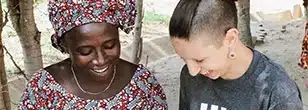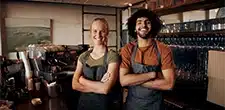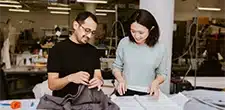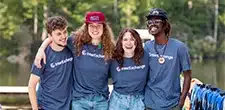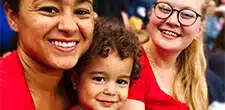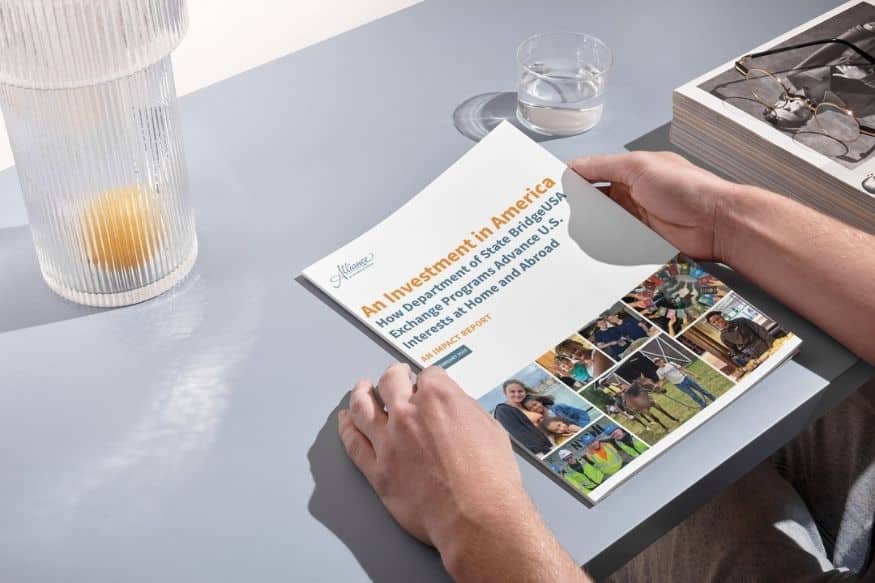Traditional female reed weavers in Madagascar face multiple challenges—from low wages to lack of infrastructure to mitigate the negative effects of weather on their product.
2019 Christianson Fellow Maggie Poulos spent nine months volunteering with SEED Madagascar to help alleviate these challenges as the Women’s Livelihood Specialist. She shares the project’s major accomplishments and the profound impact the experience has had on her.
Challenges Facing Traditional Female Reed Weavers
Mahampy, a locally sourced reed, is closely tied to Malagsy cultural and spiritual beliefs, and the weaving of traditional products with this reed provides vital supplementary income for many households.
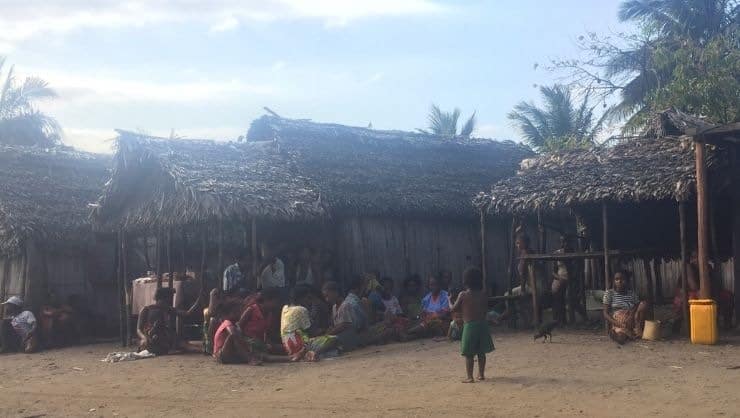
Image courtesy of Maggie Poulos
Traditional female mahampy weavers face the social phenomenon known as Vola Tsihy (or “fast cash”)—the women are given very little money to weave mahampy, especially compared to the hours and labor that go into harvesting and weaving. This system of “fast cash” continues the cycle of poverty, as women weavers don’t earn enough to save.
Weaving is a labor-intensive activity, with a single mat taking around two days to make and selling for as little as 4,000 MGA ($1.14)
— Project Mahampy
Weather is another challenge. The women can’t harvest mahampy reeds if it’s raining, and Madagascar has a rainy season.
To combat these challenges, SEED Madagascar’s Project Mahampy aimed to create a Weaver’s Association, build a studio for weavers, and offer technical trainings for the women.
The Association would help unite weavers so they can collectively raise the prices of their goods and therefore help them save. A studio allows the women to store mahampy reeds during the rainy season when they can’t be harvested. The technical trainings will help them increase their business skills and learn how to make baskets and hats. Currently, most weavers only make mats which are part of the fast-cash system that perpetuates the cycle of poverty.
A Cooperative Uniting 166 Women
In early December 2019, Project Mahampy hit a milestone: the official creation of the Weaver’s Association!
Wrapping up 2019 with the establishment of the Association, after months of planning and research, felt like a gratifying end to a productive year. There are currently 166 – 166! – women in the entire Association, split up into five sub-Associations that are organized geographically, and I’m sure that more will join soon.
The women weavers haven’t been shy about expressing their excitement and enthusiasm for the Association, and are eager for the studio to be built. Paula and Sarah, the two project coordinators working on Project Mahampy with me, were instrumental in making all of this come together.
Increasing the Business Acumen of Weavers
As weaving technical training began to teach women how to make mats, hats, and baskets, I helped draft trainings for finance, business, and capacity-building. To do this, I first created Knowledge, Attitude, Practice and Belief (KAPB) surveys to form a baseline of knowledge prior to carrying out the trainings with women weavers in the Association.
We asked questions like, “What are some elements of marketing?” and “How often should you record the Associations’ financial information into a bookkeeping system?” We surveyed women weavers in leadership positions (e.g., president, vice president) in the five sub-Associations, since they would be the first to receive trainings.
In a “train-the-trainer” style, once they’ve been trained, they’lll train the general members of the Association.
I connected with two other nonprofits, Reef Doctor in Tulear and Centre Val Bio in Ranomafana National Park, with the hopes that our weaving cooperative can host cross-visits and workshops with them in the future. Our leadership could go to their locations to learn about other products and meet the craftswomen, as well as participate in trainings that focus on leadership, business knowledge, customer service, team building, or any other useful topics.
In the Pipeline: A Weaver’s Studio
Also in the pipeline is the building of the Association studio, a place where members can weave, store and sell their goods, as well as hold trainings and meetings. In the next few weeks, the variety of trainings will be planned and carried out, such as how to make newly designed products to sell to vazahas (Malagasy for “tourists”) – making the near future an exciting time.
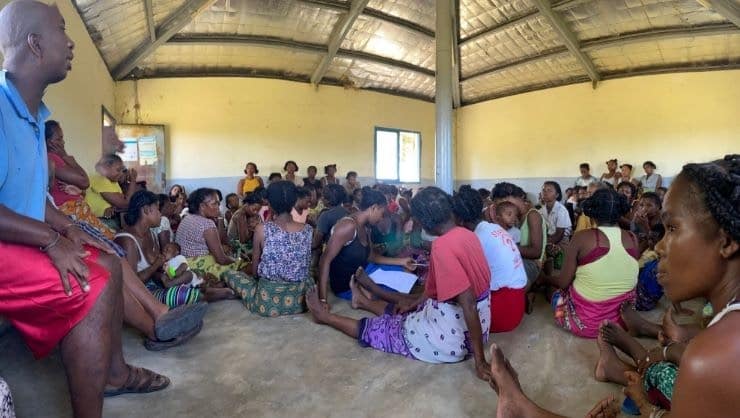
Image courtesy of Maggie Poulos
Final Week in Madagascar
The week before I left my position as Women’s Livelihoods Specialist, I spent a week in the “bush” of Sainte Luce—an isolated, rural fokontany, or village. Since SEED Madagascar’s official camp was closed for a break, I stayed in the house of the project coordinator, Paula, my counterpart on Project Mahampy. She graciously extended her home to me because our project was running on a tight deadline, and it was essential that the mahampy weaving technical trainings begin.
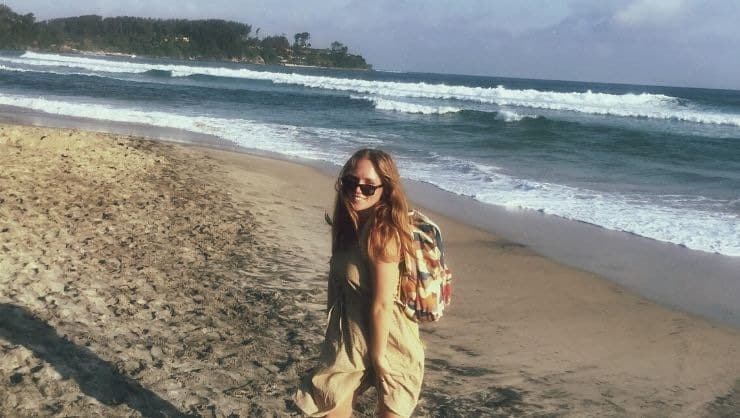
Image courtesy of Maggie Poulos
Paula, her daughter Caella, and I did everything together that week—working, cooking, napping, and cleaning. In the numerous times I was in Sainte Luce, I usually stayed at the SEED camp in tents with other international staff. At Paula’s house, where her friends and family were constantly coming and going, it was a true immersive experience, whether it was preparing for our next day of work or napping on a mahampy mat in the shade outside.
Paula became one of my closest friends, along with other Malagasy staff I worked with on a daily basis. During long conversations with Paula, I learned the most about Malagasy history and customs. To me, forming these lasting friendships was the best part of my job.
COVID-19 Effects on Project Mahampy
It was incredibly hard to leave my role and Madagascar more than two months earlier than anticipated, due to the COVID-19 pandemic. Although the project will likely be altered and/or delayed since all of SEED’s international staff have evacuated and the national staff are working in isolation, I know that our accomplishments over the last year will remain cornerstones of the project. The weaving studio is in the process of being built and Paula will continue trainings when possible.
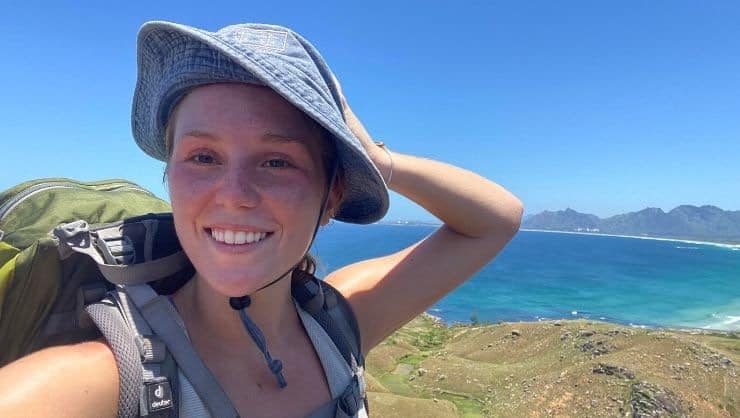
Image courtesy of Maggie Poulos
Watching a cooperative come together from the ground-up has been a unique experience, and encourages me to continue working in the area of micro-business and entrepreneurship in the development context. The women weavers are excited to continue their work together and build a successful union.
A president of one of the sub-cooperatives said to me, zay mitambatra vato; izar mizaraka fasika, a Malagasy proverb that means: “People coming together is like a rock, no one can destroy it. If you go alone, separate from the rock, you are like sand.” I think that this quote speaks not only to the work of the mahampy Association, but to my entire experience in Madagascar, which relied on the community of international and national staff at SEED to make these incredible projects come to life.








